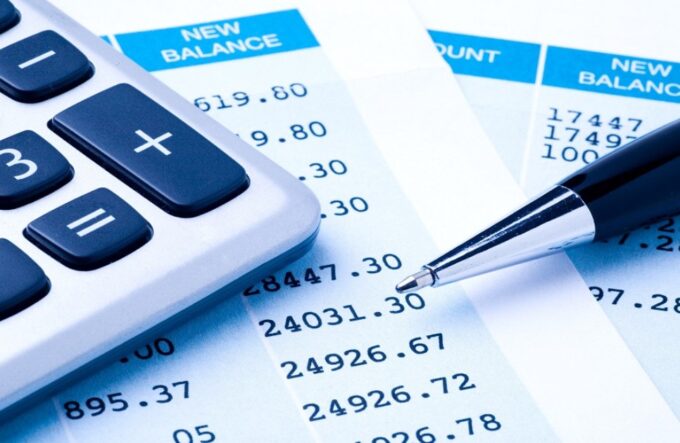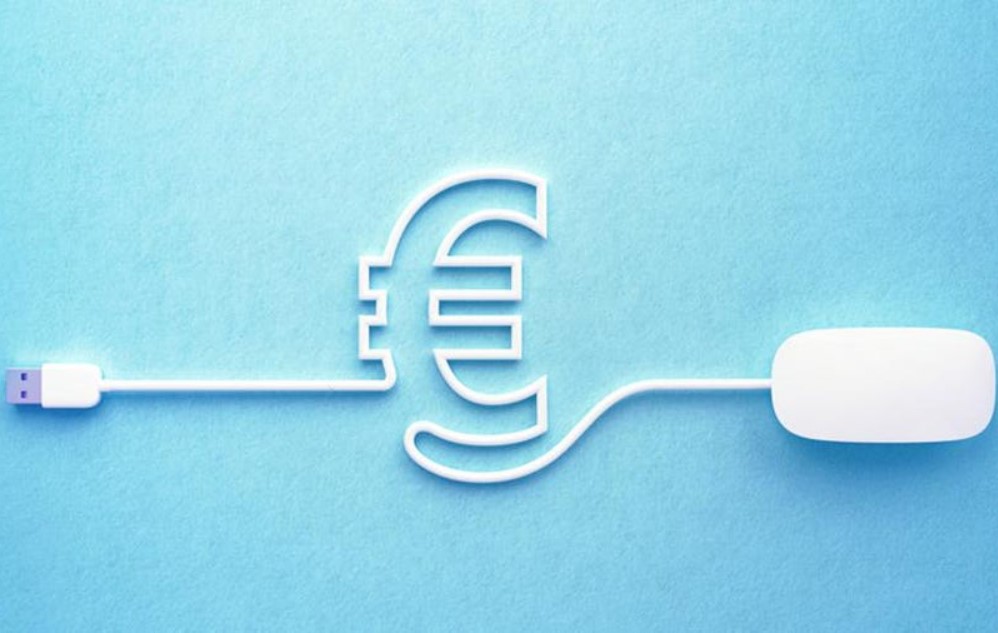If you’ve ever tried doing an international money transfer, there’s no doubt you’ve been asked to provide your bank’s SWIFT code. Perhaps you are not sure of what a SWIFT code is. Even if you knew what it was, you might wonder where to get your bank’s code.
When you plan to receive or send money overseas, you must disclose the recipient’s bank to your bank or the financial institution doing the transfer.
But how will they know the exact bank to send the money to? That is where the SWIFT code comes in to help. This guide will show you what a SWIFT code is and its application in international funds transfer. You’ll also learn to get your bank’s SWIFT code to ensure your money reaches the intended destination. Keep reading to discover more about SWIFT codes. That said, let’s get started!
What is a SWIFT Code?

Also known as a Business Identifier Code (BIC), the SWIFT code is a unique set of characters used to identify a specific bank or other financial institution globally. It’s a sort of ID for banks sending and receiving money or messages internationally. The SWIFT codes help banks and other financial institutions transfer money, particularly international wire transfers and SEPA payments.
They can also use the SWIFT codes to send and receive messages from one another.
The Society for Worldwide Interbank Financial Telecommunication (SWIFT) handles the registration of SWIFT code. However, the International Organization for Standardization (ISO) approves the SWIFT codes for banks and non-financial institutions.
How SWIFT/BIC Codes Look Like
A BIC or SWIFT code consists of 8-11 characters identifying a bank, city, country, and branch. The code looks like something of this kind: AAAABBCCDDD.
Now, let’s break down the format of a SWIFT code.
- AAAA (Bank Code): These four characters represent the bank, often looking like a shortened version of the bank’s name. They are letters from A-Z.
- BB (Country Code): These two characters show the country where a specific bank or financial institution operates. Also, the code is usually a set of letters.
- CC (Location Code): The two characters represent the exact location of a bank’s head office and can be numbers or letters.
- DDD (Branch Code): These three characters represent where a specific branch of a bank operates. The code may consist of letters (A-Z) or numbers (0-9).
The branch code (DDD) is optional, so some banks don’t include it in their SWIFT codes. So, they end up having a shorter SWIFT/BIC code with eight characters. For such banks, they may replace the branch code with a triple X.
Here are a few examples of SWIFT codes for top banks to help you understand better.
- Toronto Dominion (TD Swift Code): TDOMCATTTOR
- Royal Bank of Canada (RBC SWIFT Code): ROYCCAT2
- Canadian Imperial Bank of Commerce (CIBC Swift Code): CIBCCATT
- Bank of Montreal (BMO Swift Code): BOFMCAM2
- Bank of Nova Scotia (Scotia Bank Swift Code): NOSCCATT
Besides the Candian banks, you can see more SWIFT codes for other banks in different countries, the United States, United Kingdom, and other continents.
Why You Need a SWIFT Code for International Money Transfers

Banks often send financial information to each other via the SWIFT system to facilitate money transfers. It helps them know where the money comes from and the account to be credited. So, without the code, your bank won’t know where to send the money.
If you are sending money internationally, you will have to provide the SWIFT code for the bank to receive the payment. You can inquire from the person or business receiving the cash or determine if you can find the SWIFT code on online platforms.
Also, if you are receiving money from another country, ensure that you provide your bank’s SWIFT code to the business or individual who will be paying you. For them to deliver the money to you, their banks will require your bank’s SWIFT code.
How to Find Your Bank’s SWIFT Code for International Money Transfers
Now that you know the purpose of the SWIFT code, you probably wonder how or where to find your bank’s SWIFT code. Thankfully, there are many places to find the code.
Here are some options to consider.
Contact Your Bank

The easiest way to get your bank’s SWIFT code is by calling your bank and asking one of the customer representatives to provide you with the code. They will tell you the SWIFT code and the steps to follow to transfer money.
What would you do if the bank was in another country? In that case, you will have to make an international call, which could be costly. For that reason, it would be best to consider other options, like online sources.
Visit the Bank’s Official Website
Most banks usually publish their SWIFT codes on their official websites. So, visit your bank’s website to check their FAQ (Frequently Asked Questions) section, international money transfers, or related links to see if you can get the SWIFT code. Alternatively, you can search the keyword on the bank’s website if it has the search feature. For example, you may type the words “SWIFT Code” in the search box, and any information containing the keywords will get displayed on the search results.
Check Your Bank Statement

Some banks often provide SWIFT codes on bank statements. For that reason, you need to check one of your previous bank statements to see if the SWIFT code is there. If you don’t have a paper statement, you can log in to your online bank account and look for it.
Search Online on a SWIFT Code Site
Another reliable and quickest way to find your bank’s SWIFT code is to search for it online. There are many websites to help you find your bank’s SWIFT code, including bankswiftcode.org. All you need to do is select your country and your bank’s name.
Final Words
SWIFT codes are essential tools in international money transfer. With the correct code, you can rest assured that your money will reach the preferred recipient. So, whenever you plan to send or receive money internationally, ensure that you verify your bank’s SWIFT code. The good news is, you now know how to find your bank’s SWIFT code.









